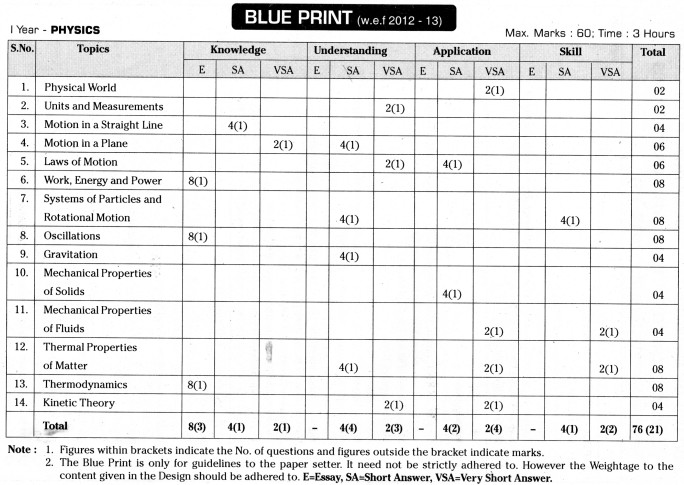Here students can locate TS Inter 1st Year Botany Notes 5th Lesson Morphology of Flowering Plants to prepare for their exam.
TS Inter 1st Year Botany Notes 5th Lesson Morphology of Flowering Plants
→ The study and description of external characters of plant organs is called external morphology.
→ Ueforo experimental biology, more specifically, physiology, was established as a part of biology, naturalists described only biology. Hence biology remained as a natural history for a long time.
→ Description became meaningful and helpful in framing research ..questions in physiology or evolutionary biology.
→ Theophrastus is regarded as the”Father of Botany”. His two surviving botanical works, Enquiry into Plants Historic Plantarum and On the Causes of Plants Causae PlantarumJ constituted the most important contribution to botanical science during antiquity and the middle ages
→ The study of external structure of a plant body is called external morphology.
→ Plante have roots, stem, leaves, flowers and seeds enclosed in fruits.
→ The part of the plant body present below the soil is called root system whereas the plant body present above the soil is called shoot system.
→ Dicot plant have tap root system. Monocot plant have fibrous root system.
→ Root has four regions as root cap, region of meristematic activity, region of elongation and region of maturation.
→ Change in morphological structure of roots in order to perform new functions depending upon the environment are called root modifications.

→ Root modifications are prop roots, stilt roots, respiratory roots, photosynthetic roots, nodular roots, velamen roots and parasitic roots.
→ The permanent changes in the morphological structure of stem in order to perform new function depending upon the environment are called stem modification.
→ Stem modifications are three types. They are aerial stem modification, sub-aerial stem modification and underground stem modification.
→ Stem tendrils, thorns, phylloclades, bulbils are aerial stem modifications.
→ Runners, stolons, suckers, offsets are sub-aerial stem modifications.
→ All sub-aerial stem modifications are useful for vegetative propagation.
→ Leaf is a green flattened structure borne on the stem.
→ He Leaf has four parts – leaf base, leaf stipule, leaf petiole and leaf lamina.
→ In dicot leaves reticulate venation and in monocot leaves parallel venation is present.
→ He The arrangement of leaf on the stem is called phyllotaxy.
→ He Leaves are often modified to perform functions other than photosynthesis. They are called leaf modification.
→ Insectivorous leaves of pitcher plant (Nepenthes) and Dionea (Venus fly trap) are modified leaves to trap insects for their nitrogen requirement.
→ The arrangement of flowers on the floral axis is termed as inflorescence.
→ The two major types of inflorescence are racemose and cymose.
→ When peduncle is unbranched it is called simple inflorescence. When peduncle is branched is called compound inflorescence.
→ Raceme, Corymb and Umbel type of racemose inflorescence are with pedicellate flowers.
→ Spike, Spadix and Head inflorescence are racemose inflorescence with sessile flowers.
→ Cymose inflorescence ends with a flower. Hence it shows limited growth.

→ Solitary cyme, cymule, monochasial cyme, dichasial cyme and polychasial cyme are cymose inflorescence.
→ Verticellaster, Cyathium and Hypanthodium are special type of inflorescence,
→ Flower is a reproductive unit in the angiosperms.
→ Depending upon symmetry, flowers are actinomorphic, zygomorphic and asymmetrical.
→ Dicot plants show tetramerous or pentamerous flowers, Monocot plants show trimerous flowers.
→ The mode of arrangement of sepals or petals in the bud condition is known as aestivation.
→ Calyx and corolla are non-essential organ whereas Androecium and Gynoecium are essential organ.
→ Fruit is a characteristic feature of the flowering plant.
→ Fruits formed without fertilisation are called parthenocarpic fruits.
→ Fruits are three types – Simple, aggregate and compound fruits.
→ Ovules after fertilisation develop into seeds.
→ In dicot seeds two cotyledons are present. In Monocot seed single cotyledon is present.

